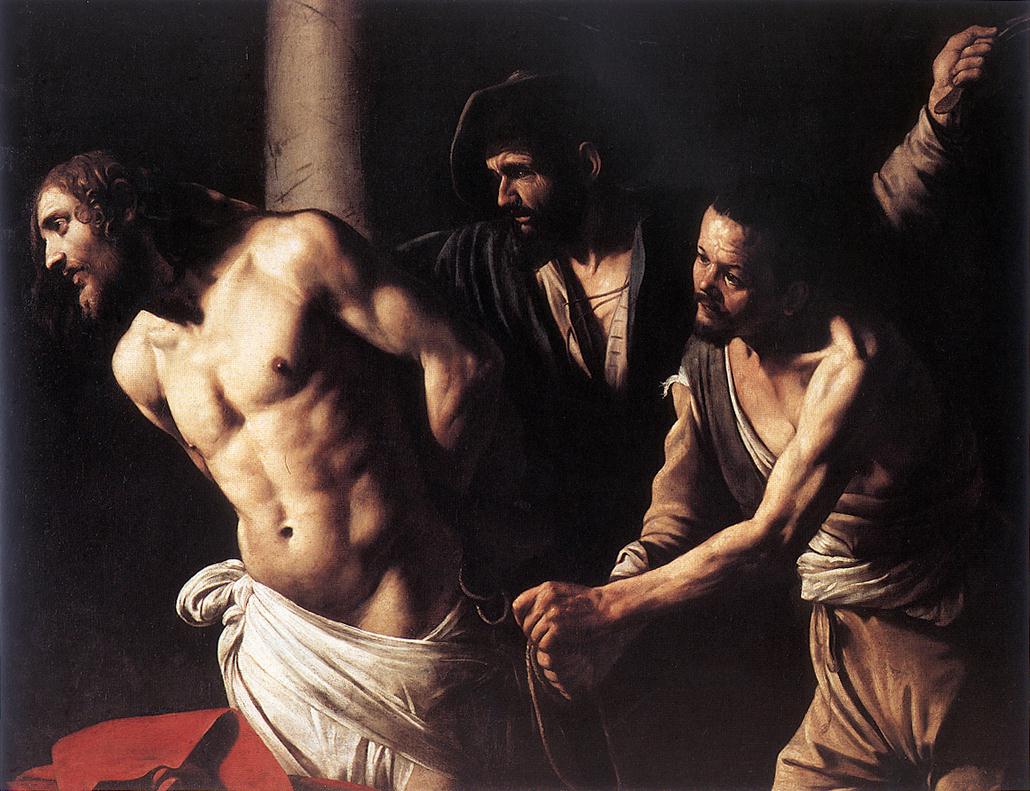Kalie R., an art student, interviewed me for a school project. Here are some of her questions and my answers:
What aspect of your job do you like the most? The least?
I like it all, truly. If you want to run an independent freelancer / self-publishing business, you have to be interested in all aspects of painting, teaching, social media, writing, marketing, and even mailing out orders.
What are 3-5 practical skills that you find most useful?
In addition to the art skills, it really helps to know how to write clearly, how to use a digital camera, and how to shoot and edit video.
What are some of the difficulties you've had working in this field?
If you're self-employed, as I've been for almost 40 years, the sources of income change from decade to decade. Art directors move on, publishers go out of business, and technologies change. That's OK, because new opportunities are always emerging, but we have to jump from one horse to another without dismounting. And we have to decide what what to embrace and what to discard.
What advice can you give on setting professional goals?
• Set achievable short-term goals, such as daily or weekly "Do Lists."
• Write down the long-range goals and start working toward them.
• If something seems intimidatingly difficult, break it down into smaller, achievable steps.
• Once you start something that you know is important, finish it.
What advice do you have on handling rejection and failure?
If you've been rejected, and the goal is important, keep trying. But you should always ask yourself if getting through someone else's gate is the best path. You may want to make your own gate.
If you failed, you probably didn't do enough research or testing. Learn from your mistake and try again smarter next time.
Do you have anything to add?
Do you remember that feeling you had when you were 17 years old, making art for the sheer joy and mystery of it? Try to arrange your life so you can continue living in that feeling, even with all the hassles that a professional life will toss at you. Make sure you have fun doing art. We're lucky to be artists.
Who else could I speak with to gain information? Could you give me their name?
It depends what information you want. You can contact people who work at museums or libraries if you want to know more about science-based art. Do your research first online before you contact an expert so you know what to ask.




















































